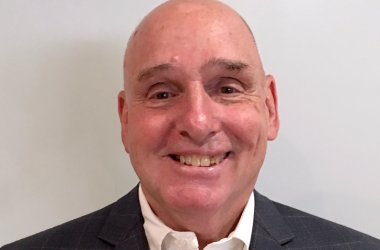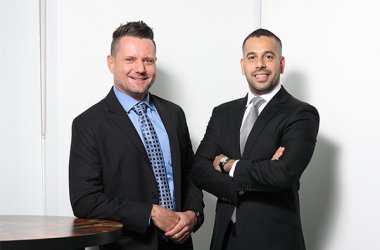
Alcatel-Lucent wants the telecommunications industry to turn a little more green by developing new equipment that cuts power consumption by a factor of 1,000.
On Monday, the company is announcing a global research and development consortium that will tap brainpower from Samsung, China Mobile, the Massachusetts Institute of Technology and other participants. The goal of the consortium, called Green Touch, will be to demonstrate dramatically more efficient wired and wireless network gear within five years.
What does a real green data center look like?
Recognizing that networks, like data centers, don’t run on good intentions alone, the head of research at Alcatel’s storied Bell Labs wants telecom’s top scientists to start with a blank slate and reinvent telecommunications infrastructure to use less power. If Green Touch hits its targets, the new equipment will run for three years on the power that current systems use up in just one day, said Gee Rittenhouse, vice president of research at Bell Labs and the head of Green Touch.
"What we’re trying to do is really think about it afresh," said Rittenhouse, a longtime researcher at the lab. Whereas vendors today design products for high performance while also considering power requirements, Green Touch is going to design them for efficiency first while also keeping performance in mind.
"Normally, the research done today is about taking today’s network and refining it … instead of erasing the board, starting from an open mind, and building up from there," Rittenhouse said. The power-saving technology available today, even if it were applied throughout all networks, would only keep power consumption flat over the coming years, he said.
"We’ve never said, ‘Stop. If we were to design a network that was optimized for energy, what would it look like?’"
The minimum power consumption for today’s Internet and carrier networks around the world would be zero, which would be achieved by turning them all off, Rittenhouse said. Assuming no one wants to do that, the theoretical minimum power for actually running those networks would be lower than today’s energy use by a factor of 10,000, he said.
Green Touch intends to achieve just one-tenth of that, but even for this effort the group wants to bring in experts from throughout the industry. In addition to Samsung, China Mobile and MIT, the consortium will include Freescale Semiconductor, SwissCom, Telefonica, Stanford University, the French National Institute for Research in Computer Science and Control, and other entities. But many other key players, such as Ericsson, Cisco and any major U.S. carrier, were not listed as members.
The most efficient parts of the global infrastructure are fiber-optic networks, which transmit streams of data as wavelengths, or colors, of light. They are nearly 100 percent efficient, according to Rittenhouse. But at the ends of those fiber networks are usually older copper wires or wireless systems that don’t work as efficiently. The most waste comes from cellular systems, because they have to send a signal out over a wide area just to reach the one subscriber it is meant for, Rittenhouse said
The Green Touch consortium is setting out to reinvent networks to use 1,000 times less power





